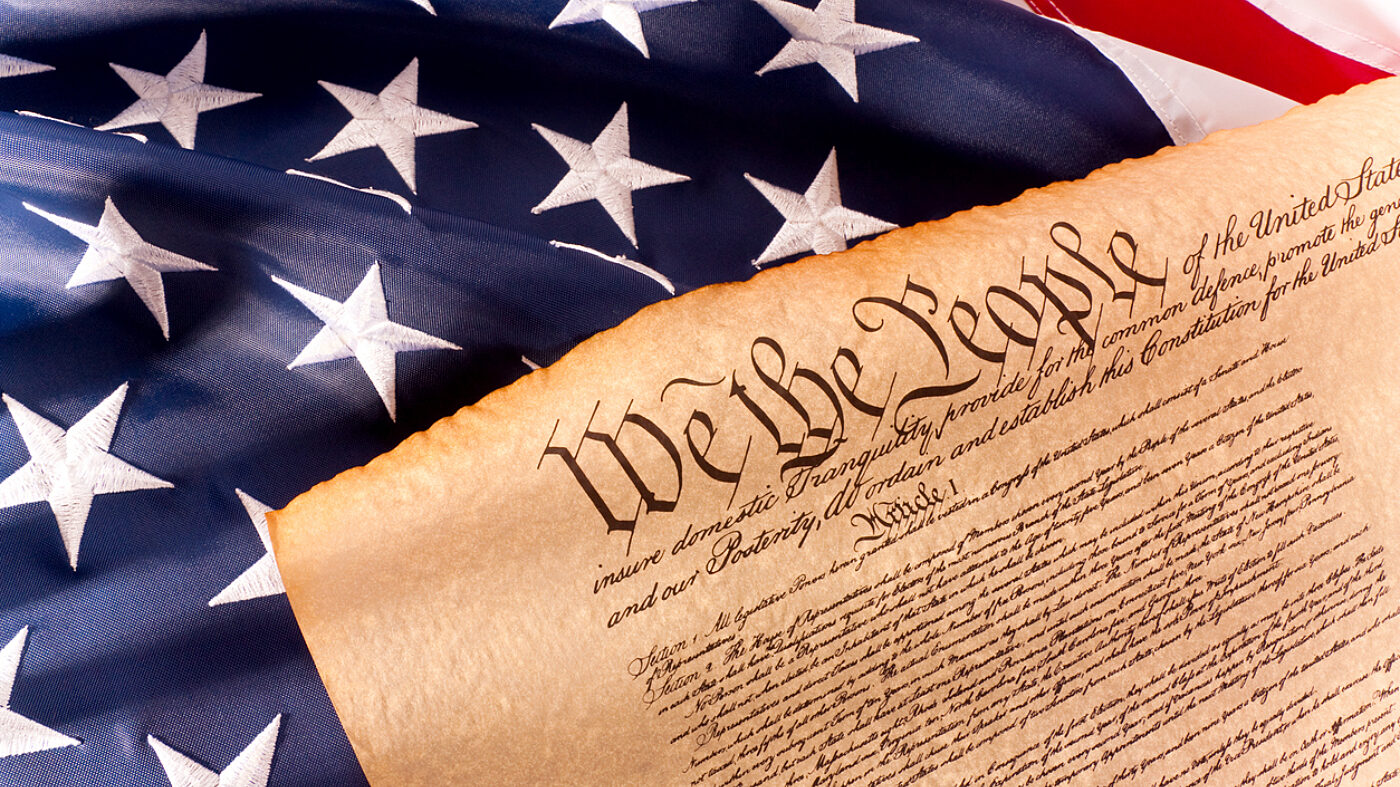July is here, and in the United States that means Independence Day, the national holiday commemorating the adoption of the Declaration of Independence by the Continental Congress on July 4, 1776. While it has come to be synonymous with parties, barbecues and fireworks, the holiday also celebrates the document which lays out which liberties are fundamental to American people, and along with the Constitution and Bill of Rights, is one of the three most important documents in American history.
The holiday is celebrated on the day the declaration was officially “signed,” but as anyone involved in contract or important document negotiations well knows, the timeline was significantly longer. The Lee Resolution, a precursor to the declaration was read to the Continental Congress on June 7, 1776, and four days later, on June 11, the Committee of Five of Thomas Jefferson, John Adams, Benjamin Franklin, Roger Sherman and William Livingston was appointed to draft a statement presenting the colonies’ reasons for independence. Jefferson had seventeen days to write the document, with edits from his peers. The Lee resolution was adopted on July 2 and Congress, after making alterations to the Declaration on July 2,3 and 4, officially adopted it on July 4. Copies were dispatched beginning on July 5, with New York finally approving the Declaration on July 9. On July 19, 1776, the Declaration of Independence was officially engrossed on parchment and weeks later on August 2th, was signed. A full month later, on September 4, three additional members of Congress signed, with one more, signing off on November 19.
Almost 246 years later, this negotiation and signature process either looks completely foreign or depressingly familiar depending on how large an organization you work for. Had contract lifecycle management software (CLM) existed in 1776, could it have helped the Founding Fathers draft, negotiate and sign the Declaration of Independence faster? Would we be celebrating Independence Day in June? Let’s walk through stages of the contract lifecycle and see:
- Request and intake - The contract lifecycle begins with the initial contract request. The request should come with all the information necessary to complete the contract, including the goods and services involved,pricing, obligations and commitments, delivery dates, renewal dates and other important terms and conditions. The Continental Congress could have used CLM to understand each of the colonies’ requested terms and incorporate them into the document.
- Initial draft, negotiation, collaboration and redlining – After the parties have completed the initial draft of the contract, it then goes to all appropriate parties to provide their feedback and suggest any necessary changes. A secure, centralized system with real-time collaboration tools would have allowed Jefferson to write his initial draft, negotiate and incorporate edits from his four co-authors, speeding up that three day process.
- Final reviews and approvals - This is when the final draft of a contract is routed to stakeholders for their final review and approvals. Automated workflows in CLM could have routed the Declaration of Independence to the full Continental Congress and the army for input, speeding up the four day review process.
- Signatures and execution – To be legally binding, authorized personnel must sign contracts. This is where the Founding Fathers truly would have seen the benefits of CLM software. The approved Declaration could have been electronically routed to all of the delegates for their immediate approval. This would also have provided an automatic signature timestamp (of who signed and when) so that Americans could accurately commemorate the holiday!
- All executed contracts and supporting documents need to be archived. Using CLM, the Founding Fathers could have stored the Declaration in a centralized and secure digital contract repository, rather than waiting 127 years to think about its storage.
A CLM system could have helped the Continental Congress work more efficiently and cost-effectively, complete tasks faster, with less risk and fewer errors. Imagine how it could have sped up the ratification of the Constitution, a process spanning decades!
Published July 1, 2022.




